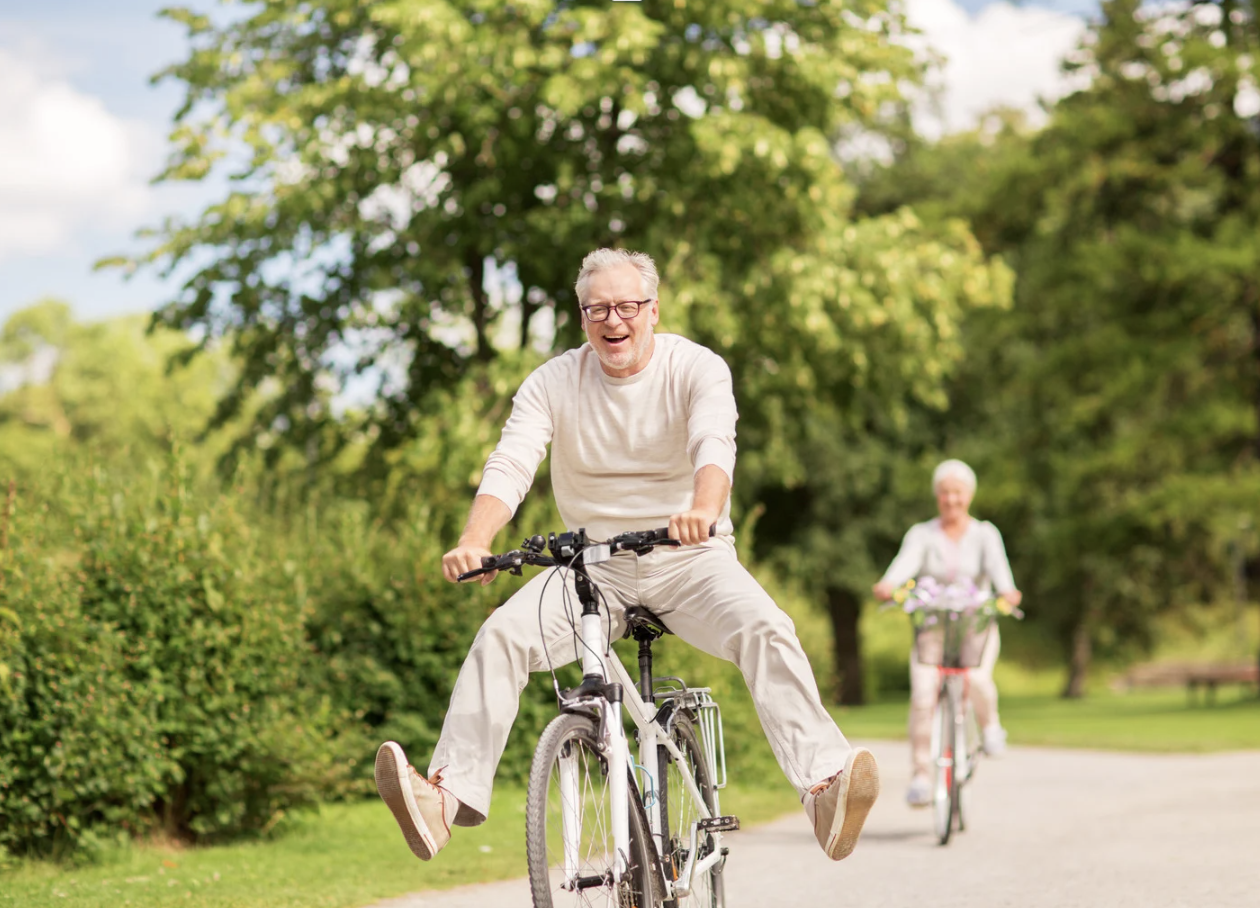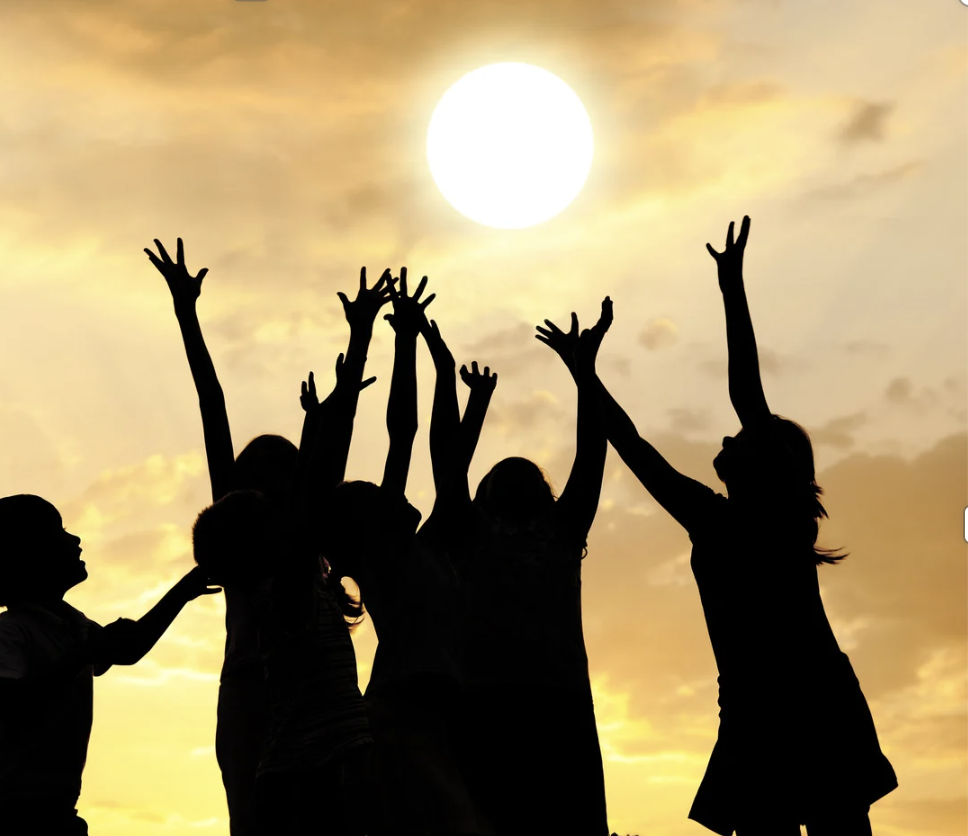Safeguarding Seniors: A Global Guide to Protecting Elderly Loved Ones from Abuse and Exploitation
October 1, 2025
0 min read

Elder abuse and exploitation are global issues, affecting millions of older adults across different countries and cultures. The first step in addressing this problem is to recognize the signs that an elderly person may be at risk.
Safeguarding Seniors: A Global Guide to Protecting Elderly Loved Ones from Abuse and Exploitation
Recognizing the Signs of Abuse or Exploitation
Elder abuse and exploitation are global issues, affecting millions of older adults across different countries and cultures. The first step in addressing this problem is to recognize the signs that an elderly person may be at risk. These signs can include unexplained injuries or frequent accidents, sudden changes in financial status such as missing money or valuables, withdrawal from social activities or abrupt mood changes, poor hygiene or neglected medical needs, and visible fear or anxiety around certain individuals. Being alert to these warning signs is essential for early intervention and protection.
Documenting Observations
Once you notice concerning behaviour or circumstances, it is important to document your observations thoroughly. Keep a detailed record of incidents, including dates, times, and descriptions of what you have witnessed. Collect any physical evidence, such as photographs of injuries or suspicious financial statements, and note any changes in the elderly person’s behaviour or well-being. This documentation can be crucial if authorities become involved and will help to support any investigation.
Communicating with the Elderly Person
Approaching the elderly person with empathy and privacy is vital. Express your concern and willingness to help, ensuring that you do not blame or pressure them. Listen carefully to their perspective and respect their wishes as much as possible. Open and supportive communication can help the individual feel less isolated and more empowered to seek help or accept assistance.
Reporting to the Appropriate Authorities
Reporting suspected abuse to the appropriate authorities is a critical step, and the process varies by country. In the United States, you can contact Adult Protective Services (APS) or local law enforcement. In the United Kingdom, concerns should be reported to the local council’s adult social services safeguarding team or the police. Australia has state and territory elder abuse helplines, while Canada relies on provincial or territorial authorities and the police. In other countries, you should reach out to local social services, healthcare providers, or the police. Many nations also have national helplines or non-governmental organizations dedicated to elder protection. If the person is in immediate danger, always contact emergency services.
Getting Legal Documentation in Place
Seeking legal protection and documentation is another vital step in safeguarding an elderly person’s interests. Establishing a power of attorney (POA) allows a trusted individual to make financial or health decisions on behalf of the elderly person. The requirements and types of POA vary by country, such as “lasting power of attorney” in the UK or “durable power of attorney” in the US. In some cases, a court may appoint a guardian or conservator to manage the person’s affairs if they are no longer able to do so themselves. Advance directives can also be put in place to specify the person’s wishes regarding medical care if they become unable to communicate. Consulting a legal professional specializing in elder law within your country is recommended to ensure the correct documents are prepared and registered.
Providing Ongoing Support
Providing ongoing support is equally important. Maintain regular contact with the elderly person and connect them to community resources, support groups, or counselling as needed. Encourage other trusted friends or family members to stay involved, as a strong support network can help prevent further abuse or exploitation.
Educating and Empowering
Education and empowerment play a key role in prevention. Share information about elder abuse prevention and the rights of older adults, and encourage the elderly person to speak up about any concerns or discomfort. Empowering older adults with knowledge and support can help them protect themselves and reduce the risk of exploitation.
Conclusion
Elder abuse is a global issue, but help is available everywhere. Recognising the signs, documenting concerns, reporting to the right authorities, and putting legal protections in place are all critical steps. By acting promptly and compassionately, you can help safeguard the dignity, health, and safety of older adults—no matter where they live.
Recognizing the Signs of Abuse or Exploitation
Elder abuse and exploitation are global issues, affecting millions of older adults across different countries and cultures. The first step in addressing this problem is to recognize the signs that an elderly person may be at risk. These signs can include unexplained injuries or frequent accidents, sudden changes in financial status such as missing money or valuables, withdrawal from social activities or abrupt mood changes, poor hygiene or neglected medical needs, and visible fear or anxiety around certain individuals. Being alert to these warning signs is essential for early intervention and protection.
Documenting Observations
Once you notice concerning behaviour or circumstances, it is important to document your observations thoroughly. Keep a detailed record of incidents, including dates, times, and descriptions of what you have witnessed. Collect any physical evidence, such as photographs of injuries or suspicious financial statements, and note any changes in the elderly person’s behaviour or well-being. This documentation can be crucial if authorities become involved and will help to support any investigation.
Communicating with the Elderly Person
Approaching the elderly person with empathy and privacy is vital. Express your concern and willingness to help, ensuring that you do not blame or pressure them. Listen carefully to their perspective and respect their wishes as much as possible. Open and supportive communication can help the individual feel less isolated and more empowered to seek help or accept assistance.
Reporting to the Appropriate Authorities
Reporting suspected abuse to the appropriate authorities is a critical step, and the process varies by country. In the United States, you can contact Adult Protective Services (APS) or local law enforcement. In the United Kingdom, concerns should be reported to the local council’s adult social services safeguarding team or the police. Australia has state and territory elder abuse helplines, while Canada relies on provincial or territorial authorities and the police. In other countries, you should reach out to local social services, healthcare providers, or the police. Many nations also have national helplines or non-governmental organizations dedicated to elder protection. If the person is in immediate danger, always contact emergency services.
Getting Legal Documentation in Place
Seeking legal protection and documentation is another vital step in safeguarding an elderly person’s interests. Establishing a power of attorney (POA) allows a trusted individual to make financial or health decisions on behalf of the elderly person. The requirements and types of POA vary by country, such as “lasting power of attorney” in the UK or “durable power of attorney” in the US. In some cases, a court may appoint a guardian or conservator to manage the person’s affairs if they are no longer able to do so themselves. Advance directives can also be put in place to specify the person’s wishes regarding medical care if they become unable to communicate. Consulting a legal professional specializing in elder law within your country is recommended to ensure the correct documents are prepared and registered.
Providing Ongoing Support
Providing ongoing support is equally important. Maintain regular contact with the elderly person and connect them to community resources, support groups, or counselling as needed. Encourage other trusted friends or family members to stay involved, as a strong support network can help prevent further abuse or exploitation.
Educating and Empowering
Education and empowerment play a key role in prevention. Share information about elder abuse prevention and the rights of older adults, and encourage the elderly person to speak up about any concerns or discomfort. Empowering older adults with knowledge and support can help them protect themselves and reduce the risk of exploitation.
Conclusion
Elder abuse is a global issue, but help is available everywhere. Recognising the signs, documenting concerns, reporting to the right authorities, and putting legal protections in place are all critical steps. By acting promptly and compassionately, you can help safeguard the dignity, health, and safety of older adults—no matter where they live.
You might also like
Stories, Press and News

0 min read
Every year, Carers Rights Day serves as a vital reminder of the invaluable role unpaid carers play across the UK. With over 5 million people providing unpaid care for family or friends (including 1 in 7 employees now juggling work with their caregiving responsibilities), it’s essential that carers know their rights—not just the obvious ones, but also those that often go unnoticed. This year, let’s spotlight some of the rights and entitlements that carers might not be aware of, ensuring everyone caring for a loved one is empowered and supported.
read more
0 min read
When we navigate through major life events, whether anticipated or sudden, they often place a strain on all pillars of our wellbeing, including our daily routines, finances, and emotional health.
read more
0 min read
A personal reflection, highlighting how deeply ingrained gender expectations shape the lives of girls and women from an early age. Today, whether a corporate leader or a daily wage worker, women continue to shoulder disproportionate responsibilities. They are expected to be caregivers, emotional anchors, and the silent managers of everyone’s needs. However, when girls see that ambition and independence are truly attainable, we create a world where they can pursue their potential without compromise. At ApiaryLife, we are proud to champion this change.
read more